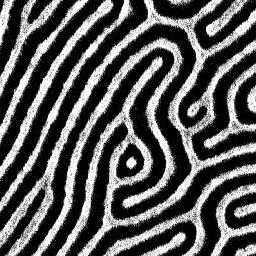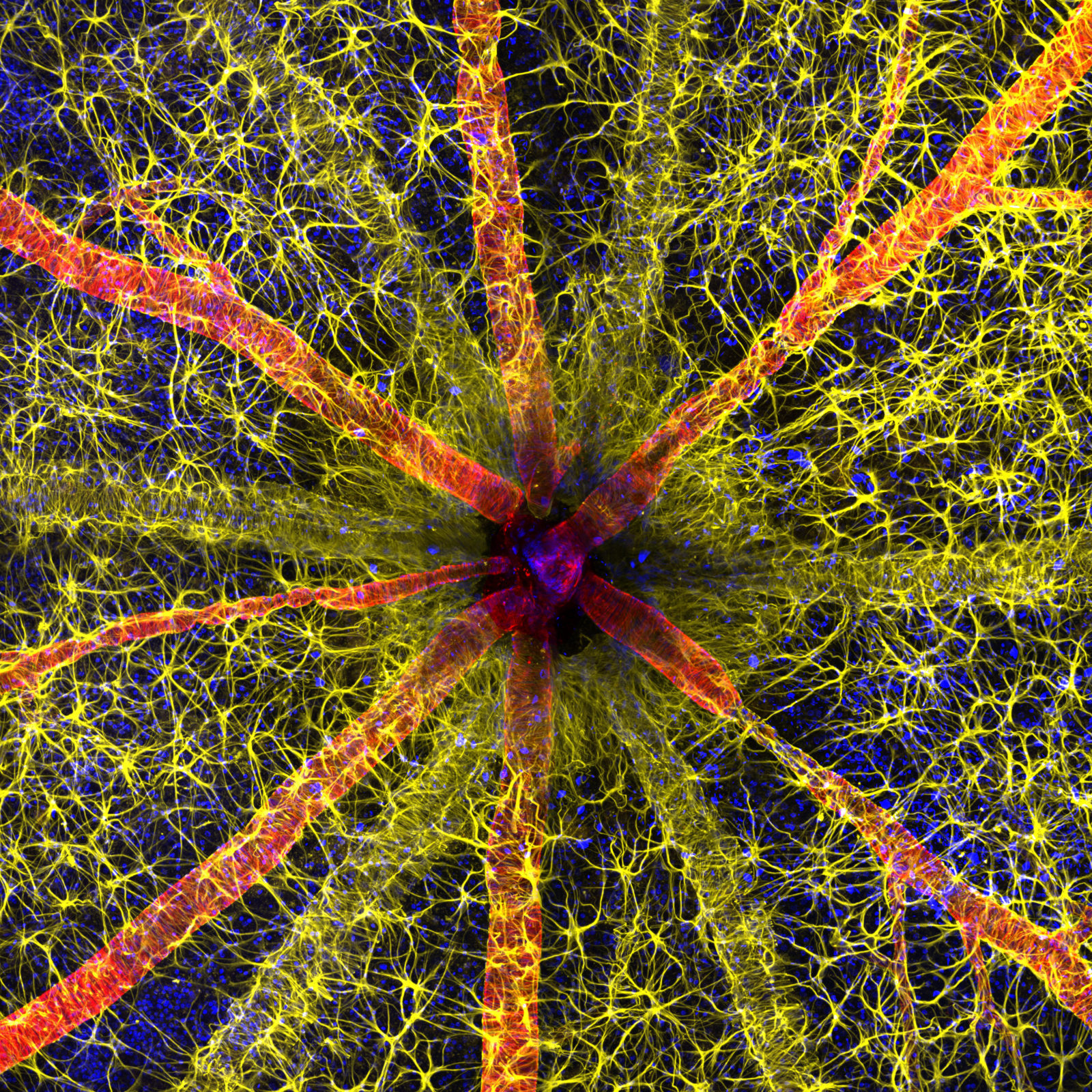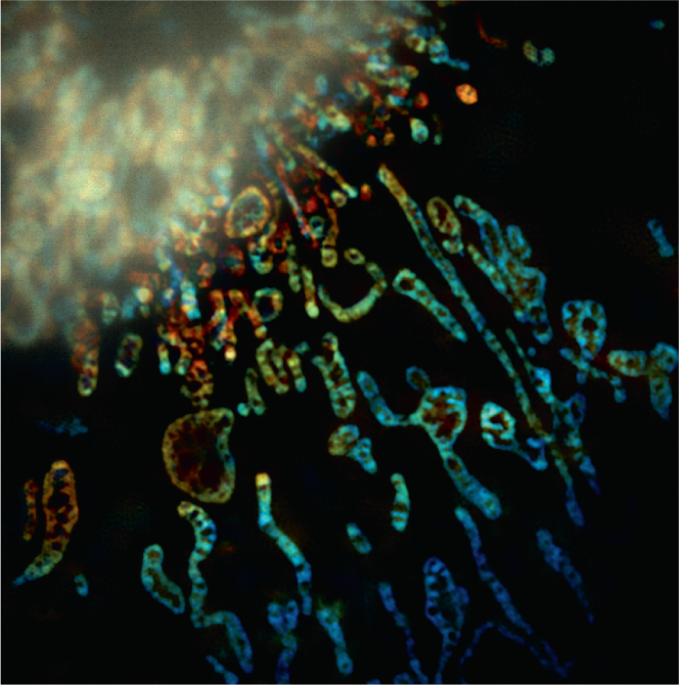Scientist.
- 2 Posts
- 5 Comments
 2·2 years ago
2·2 years agoDefinitely there is some hard truth, however in the problems as you note are that it is often a black box and not reproducible nor necessarily quantitative among many other problems. I see more of an increasing divide between those who create those AI tools and those who apply them. There’s always been some of this with ImageJ, and macros or plugins have served as a bridge. I foresee similar bridges in the future.
Everything in the future is looking a bit shakey lately with how society and technology continues to co-evolve, so I wish you luck with the career side; I think we all need a bit of luck there.
 2·2 years ago
2·2 years agoWith ImageJ there was a major democratization in the accessibility of image analysis. It opened up the doors to greater involvement by non-compsci folks; people whose approach is guided and enriched by a deeper mechanistic understanding of what they are looking at. My view is that many of the job posts related to the field are being driven by HR people & committees whose “contribution” is peppering everything with novel buzzwords without understanding the relevance nor the meaning. Especially with academics, there’s a habit of chasing after whatever was used in the latest “hot” paper without understanding what it is, how it works, or if it is applicable, at least when that hot new thing is outside of the prof’s expertise. They don’t need to learn it; they can just tell a grad student to do it.
 2·2 years ago
2·2 years agoGenerally I’ve preferred using the
showProgressfunction in ImageJ, since it doesn’t require a new window:showProgress(progress)
Updates the ImageJ progress bar, where 0.0progress<=1.0. The progress bar is not displayed if the time between the first and second calls to this function is less than 30 milliseconds. It is erased when the macro terminates or progress is >=1.0. Use negative values to show subordinate progress bars as moving dots (example).
showProgress(currentIndex, finalIndex)
Updates the progress bar, where the length of the bar is set to currentIndex/finalIndex of the maximum bar length. The bar is erased if currentIndex>finalIndex or finalIndex==0.
 1·2 years ago
1·2 years agoMy personal experience is that a good way to grow a forum of this type is to start is to post papers, articles, code repositories, etc… anything related to image analysis, the tools or workflows involved. Content attracts people and new users. On the subreddit, I tried to create a simple taxonomy of post flairs to help frame each post and guide users in understanding the purpose of the forum:
- Questions
- Tips (links to tutorials, how-to posts)
- Discussions (general issues)
- Research (journal articles)
ProjectsShow-and-Tell
That last category I’d suggest renaming as “show-and-tell”, since many researchers confuse the concepts of project and question. Encouraging single-image posts as a form of show-and-tell would probably be a good first step, since single images attract higher engagement. It’s also delightful to see what people are working on. The only caveat is that I’d suggest encouraging those posters to provide that a brief description of what we’re looking at as well as the analysis being performed, e.g. link to the paper, code, workflow, or verbal description is included as a comment.
Over time, Q&A posts will eventually take over (or maybe not!), but it’s also good to highlight cool examples of work that you’ve observed. And there aren’t enough spaces dedicated to those other concepts. And many people doing image analysis unfortunately are deprived of a fair share of the recognition for their work in advancing science especially within larger research groups.
One last piece of advice: To start off by framing the community as “academically-inclined” is limiting. There are image analysts out in industry as well as hobbyists and even high school students. Often their questions are more interesting and engaging than the academics who post. Likewise, “microscopy” could be limiting too. Macroscopic images of bread mould, leaves, crystals, and insects are often subjects of image analysis as much as the microbiome or organelles.
I’ll keep an eye on this place too. And I’ve pinned your post on the subreddit so it will gain some additional visibility. Wish you the best in growing this new community!


I’m not aware of a debugger for javascript scripts for ImageJ. 95% of what I need can be accomplished in the macro language. Roughly how many lines is your script?